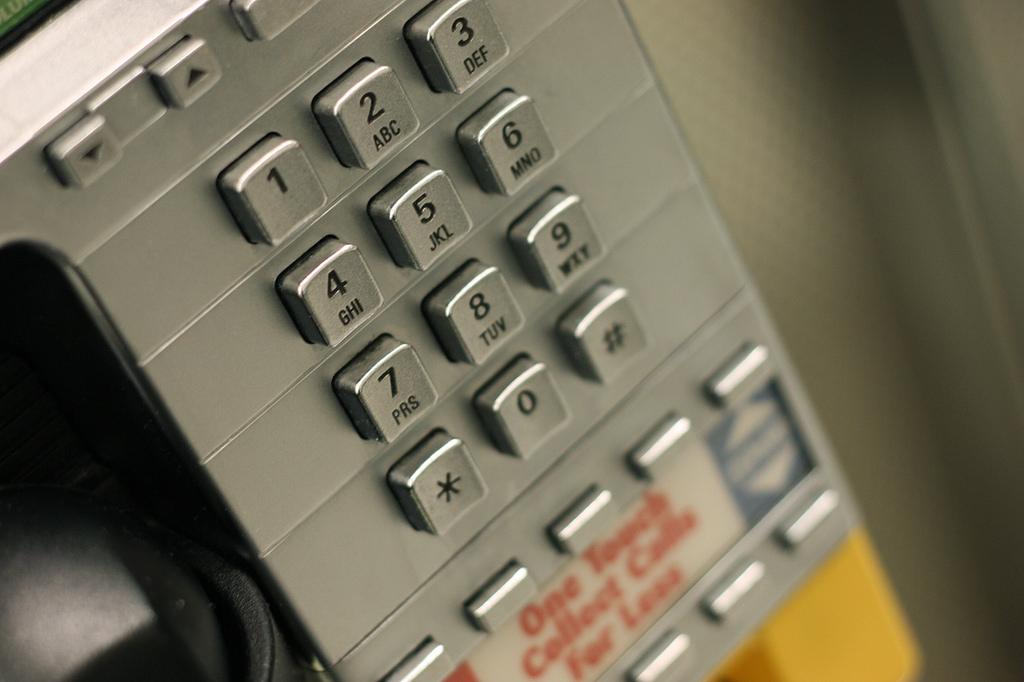A few months ago a Sony MiniDisc player ceased functioning for me. This component was designed for a home stereo system, and was therefore easy to disassemble and look inside.
In fact, there was very little to look at. This device was the paradigm of Very Large Scale Integration (VLSI) with a consortium of circuit boards and silicon wafers managing all aspects of function. Internally most of the space was devoted to nothingness, a transformer handled the power supply and in the very middle was a chassis about the size of a small walkman. The diminutive nature of the electrical and mechanical components made it unlikely that anyone could ever fix this device.
After a few hours of tinkering, it was clearly a hopeless endeavor and shortly thereafter the machine ended up in a nearby dumpster.
More recently my turntable lost a signal in the left channel. At first I thought it might just be my needle or perhaps the cartridge, but experimentation revealed that something was failing intermittently internally.
Unlike the MiniDisc player, which was only 2 years old, the Philips turntable was built in Holland more than 30 year ago. It seemed rather unlikely that it would be possible to fix this device, but I proceeded to my workbench and took a look inside. Much to my relief, the circuit boards were all quite legible, and in fact it was possible to trace everything using a digital multimeter.
From some simple tests it became quite clear why the turntable had stopped working. With a little bit of solder and some ingenuity my record collection has never sounded better.
While the microchip has revolutionized consumer electronics, it has also made it impractical to maintain legacy equipment. When a modern component fails, it is quite likely that all the internal pieces except for the power supply will need to be replaced. With the lifetime of most consumer-grade equipment hovering at around 5 years, within 5-7 years of obsolesce it will almost be impossible to find a device to play your legacy digital media.
Traditionally, only failed music formats have become virtually extinct. An example would be the 8-Track as there are very few devices today capable of playing an 8-Track tape. Successful formats like the LP or the microcassette tape are still readily available and if you have media compatible with these devices it is likely you can hear them if you choose.
When Sony stops manufacturing the MiniDisc, the demise of this format will be absolute within a relatively short period of time. It will be nearly impossible to maintain legacy MiniDisc hardware, and consumers will be be coerced to a new format.
There is something ephemeral about the inherent obsolecense of modern digital media. Changes in consumer electronics are measured in months and not years or even decades. This is partly a result of a society moving at the speed of change, but we accelerate this by producing hardware that must be replaced when it is broken.
Thinking about your next system upgrade is meaningless because it is quite likely you will be replacing it in 3-5 years anyway. This is when your newfangled stereo component is relegated to the trashpile with the other VLSI brethren, and you are forced to revisit your media collection for the next upgrade.
For now, I think I will keep enjoying my record collection.


